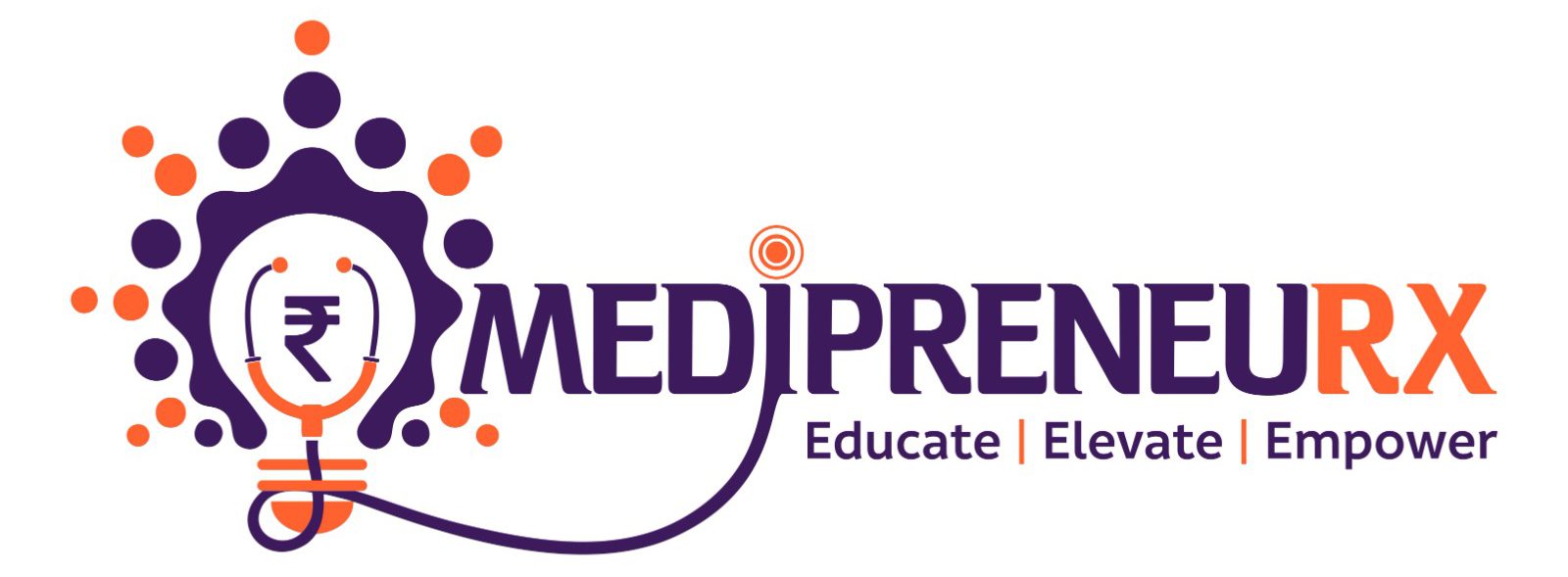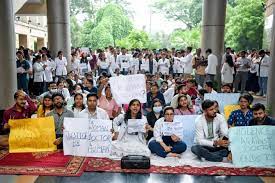After the Supreme Court intervened, doctors at a number of prominent New Delhi hospitals, including AIIMS, RML, LNJP, and Maulana Azad Medical College, called off an 11-day strike on August 22. Following a fatal occurrence involving a junior doctor at Kolkata’s RG Kar Medical College and Hospital, calls for improved safety measures for medical workers were the driving force behind the August 12 start of the strike.
The Supreme Court had become involved, voicing serious concerns about the Kolkata Police’s protracted investigation into the doctor’s rape and murder. The Court called the state of affairs “extremely disturbing” and underlined that because legal and medical services deal with matters of life and liberty, they cannot be suspended because of strikes. The Court ordered the Center to put better safety procedures in place for healthcare personnel and encouraged physicians to go back to work.
The conclusion of the strike was declared by the Federation of All India Medical Associations (FAIMA) and a number of Resident Doctors’ Associations (RDAs) from government-run hospitals in Delhi and the central region. They justified their return to work by pointing to the Court’s intervention and the assurance of improved security measures. Medical care has been severely disrupted by the doctors’ strike, with emergency services continuing to operate while outpatient departments were closed.
The horrific attack and death of a young physician at RG Kar Medical College set off a nationwide medical community protest that ultimately led to the strike. Physicians around the country had called for the creation of a Central Protection Act, enhanced security in healthcare facilities, and a prompt and transparent inquiry by the Central Bureau of inquiry (CBI). The doctors’ protest was put to a stop by the Supreme Court’s intervention, despite the fact that their complaints were not addressed during their initial discussions with the Union health ministry.
The Court issued a number of orders, one of which required states and Union territories to set up fundamental safety precautions for physicians and to finish the required meetings in a week. The purpose of this action was to address the larger problem of healthcare worker safety and get the medical services back to normal.
The medical community has applauded the Supreme Court’s initiatives, with multiple RDAs expressing gratitude for the Court’s dedication to resolving their safety concerns. Doctors are therefore expected to return to their regular responsibilities, giving patient care top priority and carrying on their advocacy for the changes that are required to safeguard healthcare personnel.
SOURCE :
THE PRINT








